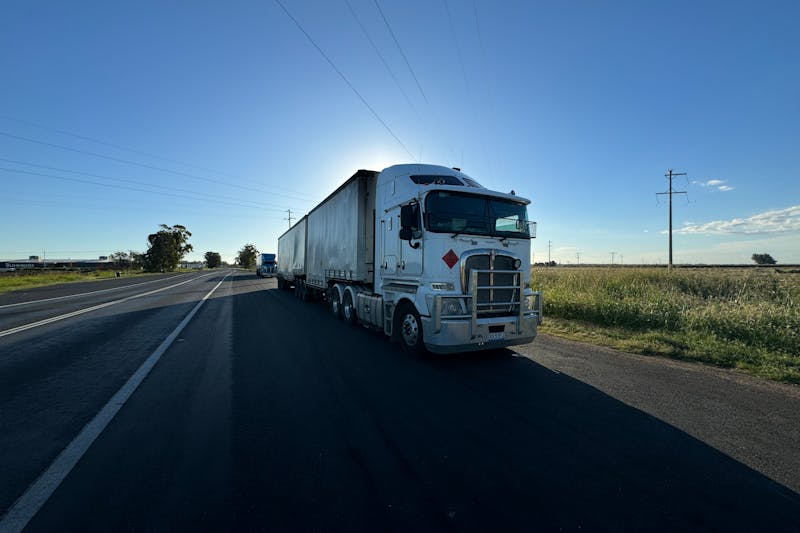What Happens If Your In An Accident With A Self Driving Car?
The futuristic dream of self driving cars could be a reality sooner than many people realize. In fact self driving cars already exist. Companies like Google and Tesla have cars that are nearly autonomous and lack a steering wheel or foot pedals. They could revolutionize the idea of driving, reduce the number of accidents or decrease traffic jams. That’s if the legal concerns encompassing them don’t slow down their full public release.
Self driving cars have added complications to the current legal definition of “driver”, and this has made it difficult to identify the at-fault party. Is it the manufacturer of the car? The software provider whose technology is used in the car? The human driver?
Autonomous cars have been linked to at least two deaths, and with fleets of them on the road already, lawmakers, as well as public outcry, have raised the alarm about their safety. One legal expert says legislation must catch up before a mass production of self driving cars. Currently, manufacturers of these vehicles have operated in a grey zone with regulations varying from state to state. Now, the federal government is getting involved. The NHTSA (1) has enacted a policy which includes a set of 15 practices regarding the safe “pre-deployment design, development and testing of a self driving car prior to commercial sale or operation on a public road.” The federal government has also set rules that require the company who builds or test drives the cars to have to share extensive data information.
Even with these changes, there is still a lack of legislation describing who is at fault when a self driving car is in an accident. In California and Nevada, self driving cars are allowed to be on the road; however, the law assumes a human being is in the driver’s seat. This human being is required to maintain focus on the road and keep their hands near the wheel. Tesla also implements warning signals to alert the driver when they are not adhering to these basic principles. This still may not be able to prevent an accident, especially if there is a software defect.
Volvo has been taking careful note of the legal matters and has announced that it will take blame if any of their cars crash while in autonomous mode. Legal experts say this statement doesn’t mean very much because under current laws, Volvo would most likely be held responsible anyways.
The likelihood of being able to file a major design-defect lawsuit is high. Self driving car companies know this and have real concerns regarding exactly how they can be held responsible and how much will they have to pay. Some analysts believe the first of these suits could be well into the millions of dollars and lead to financially burdening recalls. This could be especially true when a defective condition that was unreasonably dangerous is found to prevalent. What is reasonable for a new technology and how can a computer driver be compared to a human driver is not yet defined.
Some say the solution to this problem is to level the playing field and treat both the driver and car manufacturer as being equal. Others say the manufacturers should invest in better insurance policies to protect those involved in collisions. Most likely, however, the shift to autonomous vehicles will bring about a world where car ownership is not necessary. Rather, like in the movie The Fifth Element, you’ll have companies who own fleets of cars that sit and wait for a person to hail a ride. This will then shift liability towards the owner of the car rather than the end user or driver. The only other possible option might include a small tax that is levied on all users of autonomous cars. This tax will be put into a collective for the victims of self driving car accidents.
As of 2017, the future looks bright for autonomous cars, but there is a need for some serious considerations as to who may be held liable when an accident happens. These talks are underway in multiple levels of profession and government. Hopefully by the end of this year, progress towards finding a solution will have been made.
References:
1. NHTSA Quote: “pre-deployment design, development and testing of a self driving car prior to commercial sale or operation on a public road.”
http://www.ncsl.org/research/transportation/autonomous-vehicles-self-driving-vehicles-enacted-legislation.aspx




![Average Settlement for Car Accidents in Nashville [What to Expect in 2025]](https://www.thehigginsfirm.com/wp-content/uploads/2025/03/car-accident-settlement.jpg)
